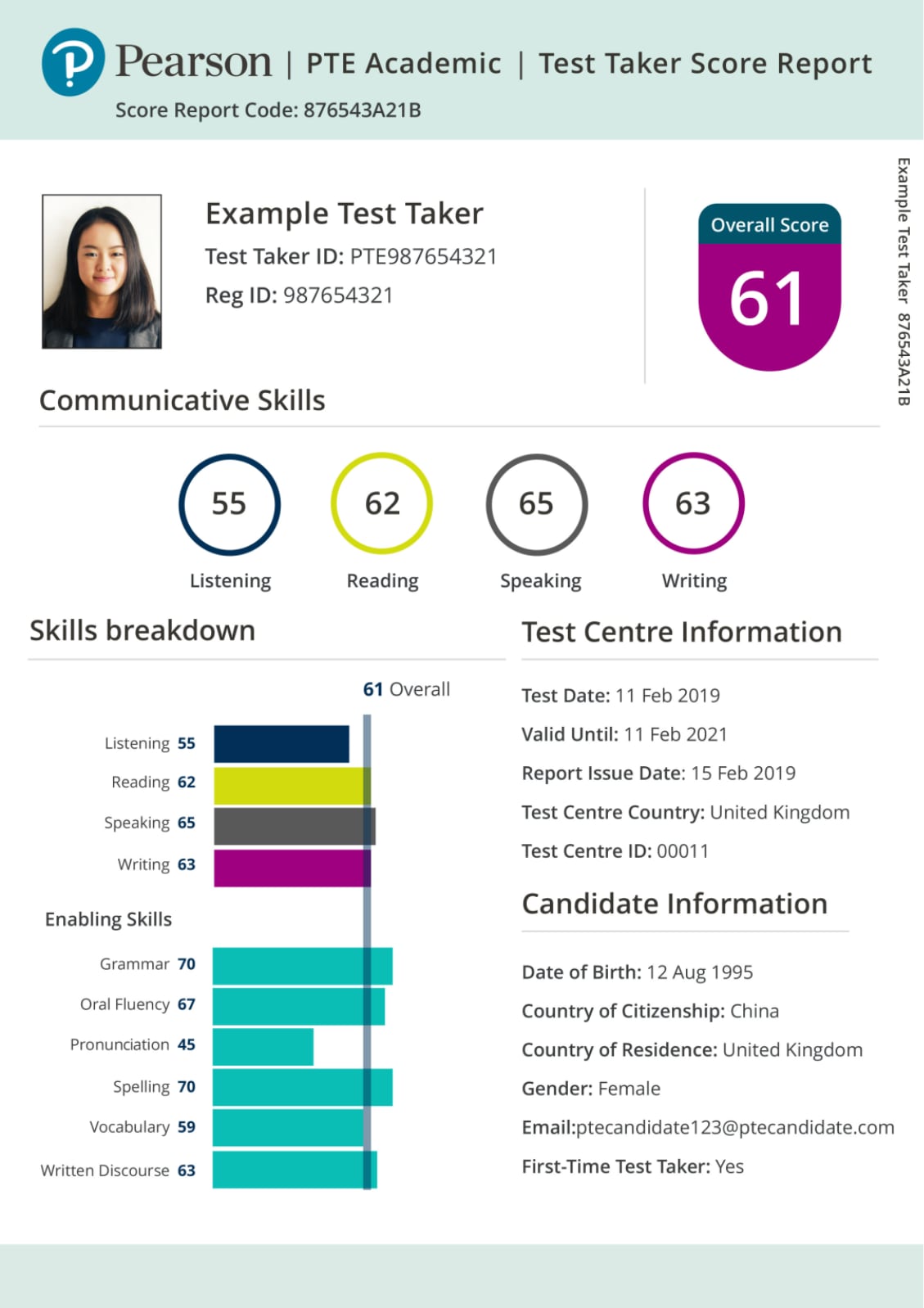What are the benefits of inquiry-based learning?
Inquiry-based learning is all about using questions to generate interest. Starting a class with a question helps young learners engage with the topic straight away. Introductory questions can be big or small, and here are some examples of big questions:
- What makes someone a hero?
- Why do we go to school?
- Why do people live in cities?
These open questions get students thinking about lots of different aspects of each topic. However, small questions can work as well:
- What is your favourite superhero called?
- Do you like your school?
- Do you live in a village or a city?
These closed questions don’t necessarily lead to further discussion. However, they are a way to introduce a topic and give learners an easy way to contribute without the pressure of getting an answer right or wrong.
When students are invited to share their opinions, they feel that their contributions are valuable. It also lets the teacher gain insight into what the learners already know.
How can we help students explore big questions?
Inquiry-based learning can support students to answer these big questions in an easy and satisfying way, including:
- Making notes on their ideas, or drawing a sketch
- Working in pairs or groups to share ideas
- Using a bulletin board
A bulletin board fits in well with the concept of inquiry-based learning. The teacher pins a big question to the center and then encourages learners to add their notes, sketches and ideas to the board.
Because there are many possible answers to the big questions, it’s important to emphasize that learners can change their minds as they learn more: after all, that’s the whole point of learning.
The Now I Know! series follows this structure. Each unit has language aims based around a big question to get learners thinking more deeply.
How can inquiry-based learning work in practice?
You can put it into practice in your own classroom by starting off with a topic, and then thinking of a big question to get things started. So, for example, if your topic is outer space, your big question could be: Why do we explore space?
That will get your students thinking and sharing their knowledge about space travel, moon landings, astronauts, aliens – you might be surprised at some of their answers. Ask them to write notes, do a sketch or do a mind map, then pin their contributions to your bulletin board.
There are lots of options for follow-up activities:
- Assign pairs a planet from the solar system to research
- Share an interesting fact about an unnamed planet and encourage students to research which planet it is
- Allow students to play to their strengths: one student can draw the planets and another can name their order from the sun (for example)
- Create a game: get learners to write two false facts and one true fact about their planet, and the rest of the class has to guess which is which
Once you’ve piqued their interest and the students are excited about the topic, it’s time to channel that enthusiasm into a more focused activity. For example, you could introduce the story of the Golden Record on the Voyager space probe. At the time of the Voyager launch in 1977, a phonograph record was included onboard which contained, in the words of then-president Jimmy Carter, “a present from a small, distant world, a token of our sounds, our science, our images, our music, our thoughts and our feelings.” The record included music from different cultures, greetings in 55 languages and sounds of the natural world. There were also 115 images of life on Earth, many annotated with explanations.
Bring it back to inquiry-based learning, and instead of telling students what is on the record, ask them what they think might have been included. Again, they can add their ideas to the bulletin board.
Follow-up activities could include:
- Making their own recording for an interplanetary space voyage
- Doing a sound quiz where students record sounds and ask their classmates to guess what each sound is
- Making a modern playlist for aliens to listen to
- Taking photographs of their daily lives and adding comments, just as the NASA committee did, and doing more research into the Voyager space probe
- Checking its progress through interstellar space on the NASA website
This is just one example of a topic, but any topic can be treated in the same way. If you, as a teacher, share your curiosity and enthusiasm with your students, they’ll pick up on that and become enthused in turn.
How do we nurture enquiring minds?
The spirit of enquiry is one of the most important things we can instill in our young learners. Inquiring minds are innate - just think of the way toddlers ask “Why?” about everything. The mistake that adults can sometimes make is to reply to the ‘why’ questions with an answer, when actually, sometimes children just want to have a discussion.
As educators, it’s important to reply to children’s questions by opening up a discussion, no matter how abstract the question. For example, if a toddler asks something like “Why a leaf?”, you can expand that conversation to talk about colours, trees, nature, things that grow... the possibilities are endless.
In fact, this is our main role as educators: to facilitate and continue those conversations, to pique our learners’ curiosity, to share our enthusiasm and wonder rather than simply teach the correct answer.
Show your students that you don’t have to find immediate answers, that there’s no such thing as a silly answer. It’s okay to wonder and muse. In your lessons, focus not on giving students the answers but on equipping them with the tools to research and find them themselves. In this way, you’ll create lifelong learners with a passion for education.






